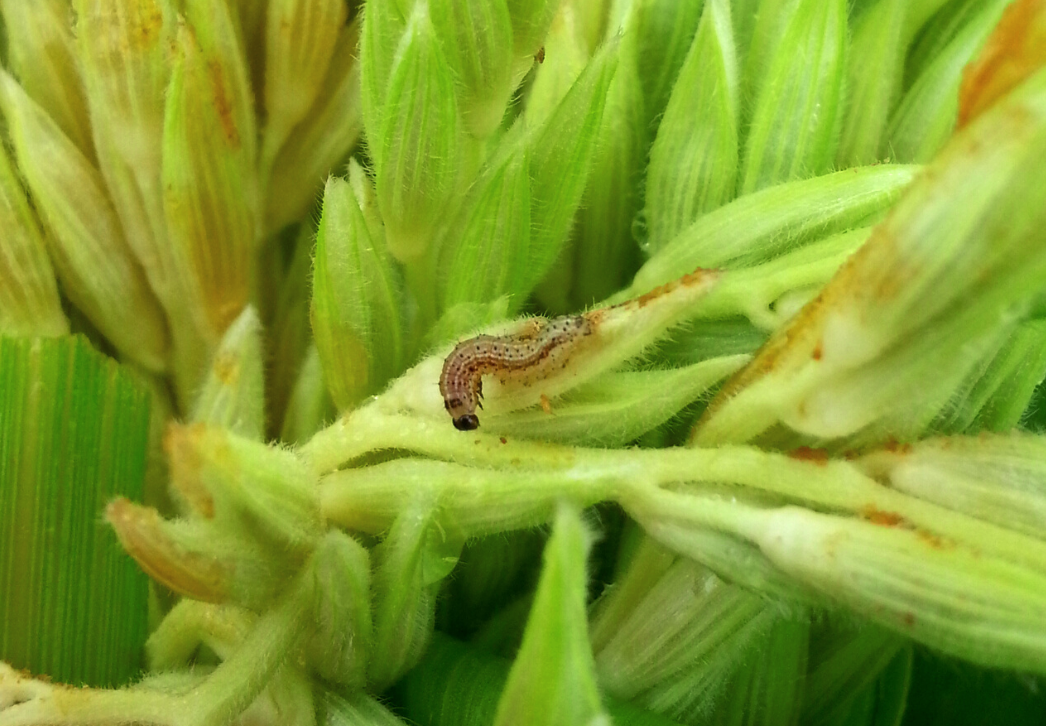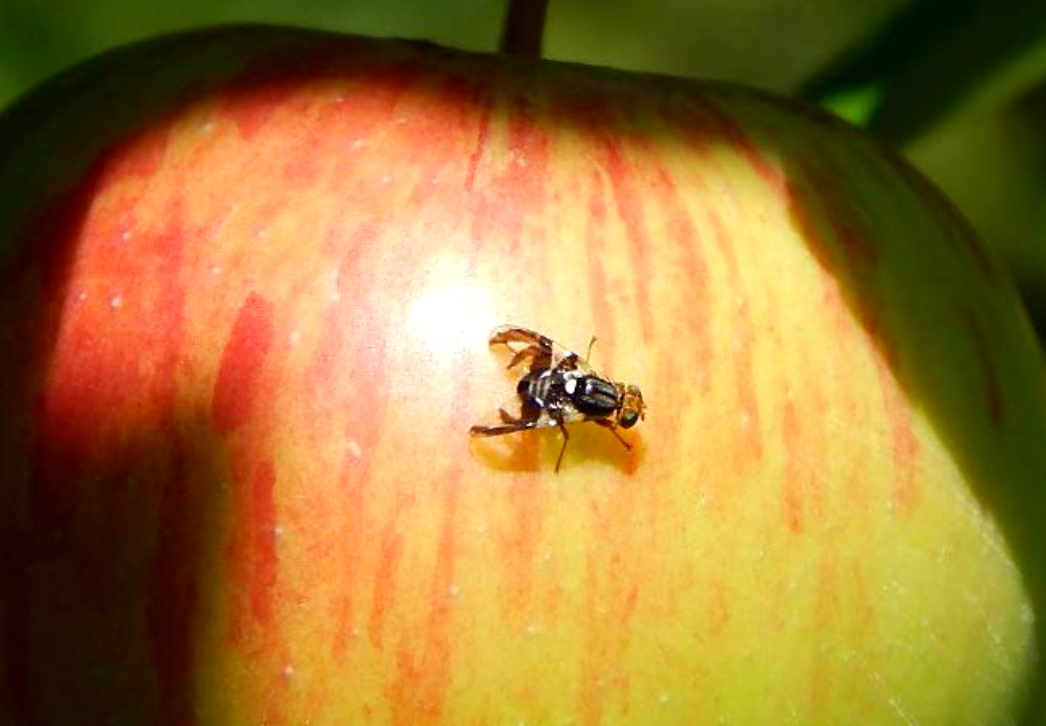|
|
Relief from the mid-July heat and humidity arrived in Wisconsin at the start of the week. After severe thunderstorms with damaging winds and downpours of 1-5 inches impacted the central and southern areas of the state July 23, a change in weather on Sunday brought dry, calm summer conditions and an end to the hot spell. Sunshine with mild temperatures in the 70s and lower 80s prevailed, while lows were mainly in the 50s and 60s.
The dry weather and more seasonable temperatures supported harvesting of alfalfa, potatoes, small grains and sweet corn, and overall crop conditions have shown slight improvement. According to the latest USDA NASS crop report, the condition of the state’s corn was rated as 79% good to excellent, up two points from the week before and four percentage points above the same time last year. The soybean crop was also categorized as 79% good to excellent, up three points from the previous week and seven points higher than a year ago.
__________________________________
  Western bean cutworm larva | OSU.edu
 
|
|
DATCP’s western bean cutworm monitoring network documented a marked increase in moth counts July 22-28. Eighteen of the 36 traps collected 50 or more moths during the week and six traps captured over 100 moths. These elevated counts indicate the annual flight has peaked or will soon peak throughout the southern half of the state. Peak moth emergence (50% emergence) coincides with the accumulation of 2,704 degree days (modified base 38°F). Moth emergence currently ranges from 25-50% complete across southern and central Wisconsin, while the flight is just beginning near Wausau and northward where 25% of the population should emerge August 7-13.
For the week ending July 28, pheromone traps captured a total of 1,956 western bean cutworm moths in 36 traps. This compares to 761 moths last week and 168 moths the week before. The cumulative state count is now 2,901 moths (81 per trap average), which is well above the 2,290 moths in 48 traps (48 per trap average) at the same time last year. The highest individual pheromone trap count for the current monitoring period was 195 moths near Merrimac in Sauk County. However, the weekly catch at East Troy in Walworth County was even higher, with a remarkable 436 moths captured in the black light trap.
DATCP is currently participating in the Great Lakes and Maritimes Pest Monitoring Network (select WBC tab), which provides western bean cutworm flight data for a broad geographic area extending across the northeastern US and adjacent Canadian provinces. The Great Lakes map depicts the heaviest flight activity occurring in eastern Michigan and southeastern Ontario in the last week. |
|
 __________________________________
|
|
|
PMTV leaf symptoms | Carrie Wohleb
 
|
|
DATCP is continuing its two-year survey for potato mop top virus (PMTV) and powdery scab this season and is looking for additional participants. Results from 2021 are now available on DATCP’s potato survey page. The goals of the effort are to update our knowledge of the distribution of these two pathogens, to understand the scope of disease presence, and to locate risk areas in Wisconsin.
As part of the survey, DATCP staff will sample fields after the 2022 harvest to test for potato mop top virus and powdery scab. Growers interested in participating in this no-cost survey can email Plant Industry Lab Director Sam Fieweger (sam.fieweger@wisconsin.gov) to sign up. Please include a description of the field location(s) with GPS coordinates, 2022 crop planting information, and approximate field acreage. Participating potato growers may request testing for multiple fields and will receive results immediately after testing is complete.
Field locations will be kept anonymous and reported only at the county level. DATCP follows strict biosecurity measures including use of footwear covering and sanitization of all tools between fields to prevent the spread of soil-borne organisms. |
|
 __________________________________
|
|
|
The summer codling moth flight is underway in Wisconsin. Several cooperating apple orchards are reporting very large moth flights, signaling pressure from second-generation larvae may be high next month. High codling moth pressure is indicated by a weekly count of > 5 moths per trap for orchards not using mating disruption (non-MD) and >2-3 moths per trap for orchards using mating disruption (MD). Counts this week ranged as high as 37 moths per trap, with nine locations reporting above-threshold counts.
For non-MD orchards with high codling moth counts in the range of 5-37 moths per trap, second generation pressure will likely be heavy and applying first controls at 250 degree days from the summer biofix is recommended. In contrast, orchards seeing low moth pressure as the second flight begins (< 5 moths per trap for non-MD and 0-1 moths per trap for MD) can delay treatment until 350-400 degree days from the summer biofix.
Codling moth traps should be checked regularly throughout August to determine the need for late-season control. An insecticide application is not necessary if trap counts do not exceed the economic threshold of five moths per trap per week. Growers are reminded to rotate control products between generations and review pre-harvest intervals before making an application.
Apple maggot emergence also increased this week at several orchard monitoring sites. Economic counts were reported from 11 of 26 reporting locations. Peak emergence of adult flies is approaching and oviposition on apples can be expected throughout August. Apple growers should continue to apply sticky coating to traps each week (or as needed) and maintain apple maggot controls as long as counts exceed the following economic threshold:
- One fly per trap per week for unbaited traps
- Five flies per trap per week for baited traps
 Apple maggot fly | Thaddeus McCamant UMN
|
|
 __________________________________
|
|
|
|